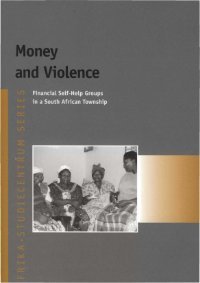By Jetson Leder-Luis and Anup Malani
Data from the Department of Housing and Urban Development (HUD) indicate an unprecedented 43 percent increase in the number of people residing in homeless shelters in the United States between 2022 and 2024, reversing the gradual decline over the preceding sixteen years. Threequarters of this rise was concentrated in four localities – New York City, Chicago, Massachusetts, and Denver – where large inflows of new immigrants seeking asylum were housed in emergency shelters. Using direct estimates from local government sources and indirect methods based on demographic changes, we estimate that asylum seekers accounted for about 60 percent of the twoyear rise in sheltered homelessness during this period, challenging media and policy narratives that primarily attribute this rise to local economic conditions and housing affordability.
WORKING PAPER · NO. 2025-45
Chicago: University of Chicago, The Becker Friedman Institute for Economics, 2025. 21p.





